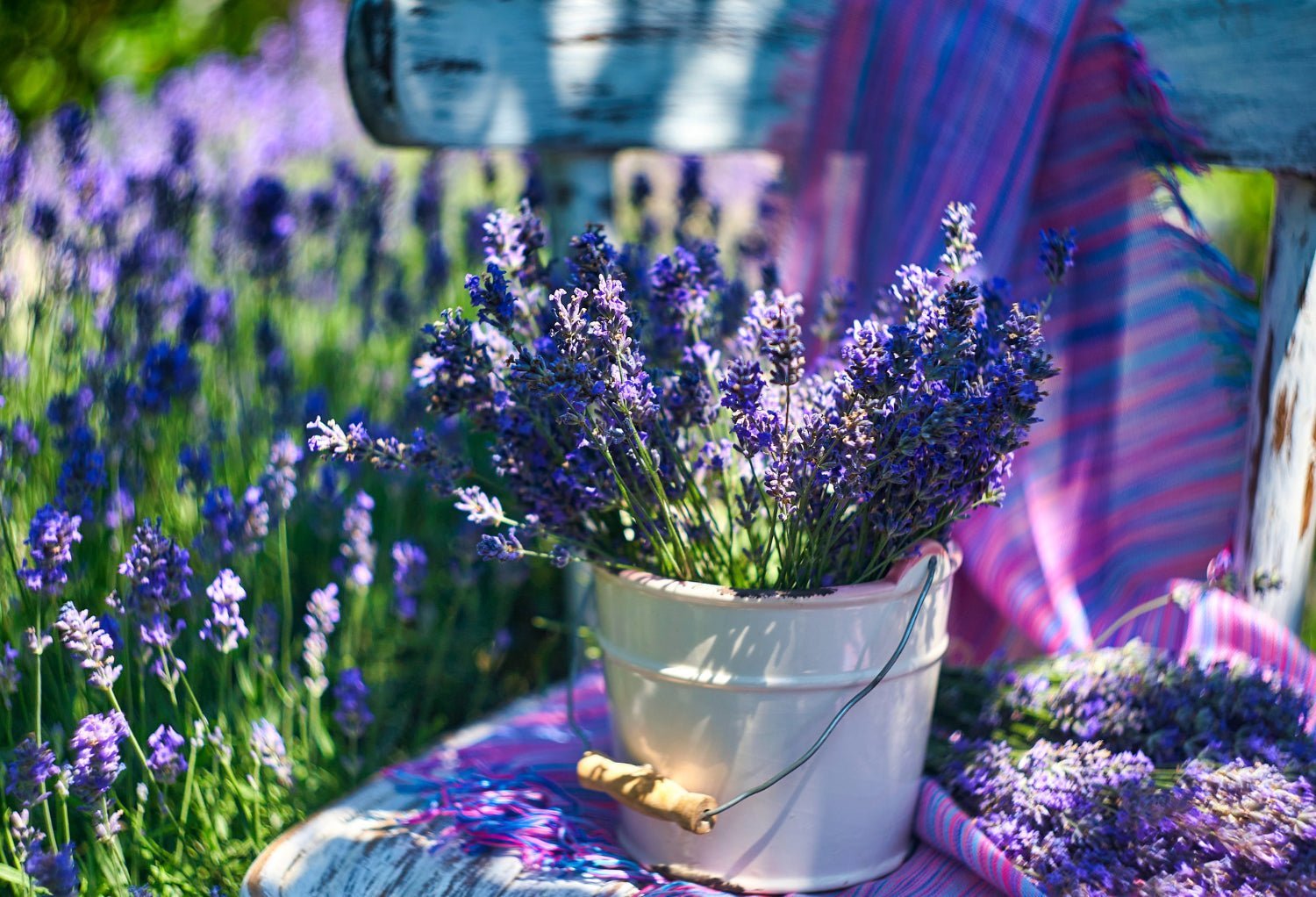
Lavender is one of the most beautiful garden plants. It is very fragrant and relatively easy to grow. However, to enjoy its abundant blooms year after year, you need to ensure regular pruning. Although many gardeners associate lavender pruning mainly with spring, it is actually in summer — right after the first bloom — that you should pick up your pruning shears.
Table of Contents
-
Why is Summer Pruning of Lavender So Important?
-
When is the Best Time to Prune Lavender?
-
How to Prune Lavender Properly?
-
Watering and Care After Pruning
- What to Do with the Cut Flowers?
Why is Summer Pruning of Lavender So Important?
Pruning lavender in summer after its first flowering is not just a desirable but a necessary procedure for the health, beauty, and longevity of the plant. Many gardeners neglect this important phase of care, but it is summer pruning that plays a key role in ensuring lush blooms the following year and maintaining a compact bush shape.
Summer pruning has several key benefits:
- It removes spent flowers, so the plant does not waste energy producing seeds.
- It stimulates the plant to bloom again. Depending on the variety and climate, you may enjoy a second or even a third wave of blooms, usually less intense than the first.
- It helps maintain a compact shape of the bush. Without pruning, lavender tends to become bare in the center, sprawling, and ages faster.
When is the Best Time to Prune Lavender?
The best time for pruning is right after the first bloom, which usually falls at the end of July or beginning of August. Watch the plant — when most of the flowers begin to wither, it is time to prune.
However, do not wait too long. Late pruning, especially in September, can weaken lavender before winter and negatively affect its condition. If the summer is long and warm, you might do a second, light pruning in September — but only if the plant still has time to recover before the cold arrives.
How to Prune Lavender Properly?

All you need for summer pruning is a sharp garden pruner or good scissors. The most important thing is to make a clean and precise cut — without breaking the stems. Do not wait until the flowers are completely dry.
Cut the flower stalks along with about one-third of the green part of the stem. It is important to leave enough green leaves so the plant can continue to photosynthesize and recover. Avoid cutting into old woody parts, as lavender regenerates very slowly from them — or not at all. When pruning, give the lavender bush a slightly rounded shape.
Three Essential End-of-Summer Pruning Tips
Lavender is a true gem in any garden. Its soft purple blooms and soothing fragrance bring a touch of magic to the outdoors. But if you want to enjoy an abundance of blossoms again next year, your lavender needs the right kind of care as summer comes to an end.
1. Remove faded blooms
Begin by cutting away dry flower stalks and spent blooms. This keeps your lavender looking neat and tidy, while also encouraging the plant to put its energy into fresh, healthy growth.
Not ready for heavy pruning? Start small—just snip off the withered parts. This way, you’ll see more clearly where to make deeper cuts later on.
2. Avoid cutting into the woody base
The golden rule: never prune lavender all the way down to the woody stems. These don’t regrow, and cutting too low may weaken or even kill the plant. Lavender’s woody parts are fragile and prone to splitting, so always leave some green foliage.
Experts suggest keeping a little fresh leaf growth on each stem—this helps your lavender recover faster and stay strong through the next season.
3. Shape into a gentle mound
For a beautiful, rounded lavender bush, try a bit of shaping. Trim the outer shoots slightly shorter than those in the center. This gives your plant a graceful dome shape, encourages even growth, and saves you from frequent reshaping later on.
✨ With just a little care at the end of summer, your lavender will reward you with lush color, fragrance, and charm year after year.
Watering and Care After Pruning

After pruning, lavender may look a little rough, but don’t worry — it will quickly produce new shoots. Water moderately but regularly, especially if the summer is dry — preferably in the morning or evening, avoiding watering the leaves.
If the soil is very poor, you can also use a mild fertilizer for flowering plants, preferably with potassium content. This will help develop new flowers.
What to Do with the Cut Flowers?

Don’t throw away lavender flowers after pruning. You can dry them and use them in several ways. They are great as natural wardrobe fresheners, moth repellents, or as an addition to baths. You can also make homemade hydrosol or lavender oil from the flowers, which wonderfully moisturize the skin.
Here are some creative ideas:
-
Aromatic sachets: fill small fabric bags with dried lavender flowers. Place them in wardrobes, drawers, under pillows, or hang them in the car.
-
Potpourri sachets: mix dried lavender with other dried flowers, spices (like cinnamon and cloves), and citrus peel.
-
Decor: use dried lavender bundles as a decorative element in vases, wreaths, or garlands.
-
Spice: if your lavender hasn’t been treated with chemicals, use it in cooking — in cookies, cakes, lemonade, or even meat dishes.
-
Infusions: add a few flowers to tea or prepare a lavender drink.
-
Lavender syrup: cook a syrup from water, sugar, and fresh lavender flowers. Strain and use it in cocktails, lemonade, coffee, or desserts.
- Relaxing baths: add a handful of dried lavender flowers to a warm bath for a calming effect.

The cut lavender flowers are a true treasure that can bring lots of benefits and pleasure. Experiment and enjoy!

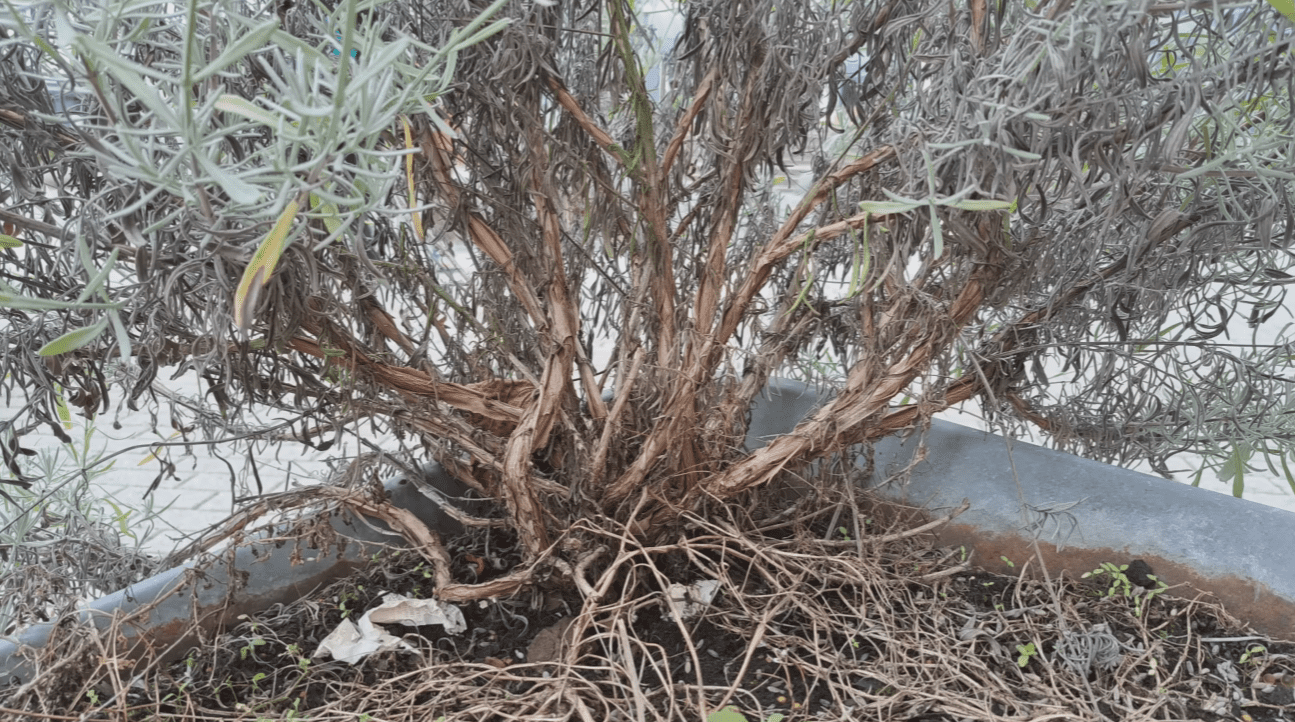

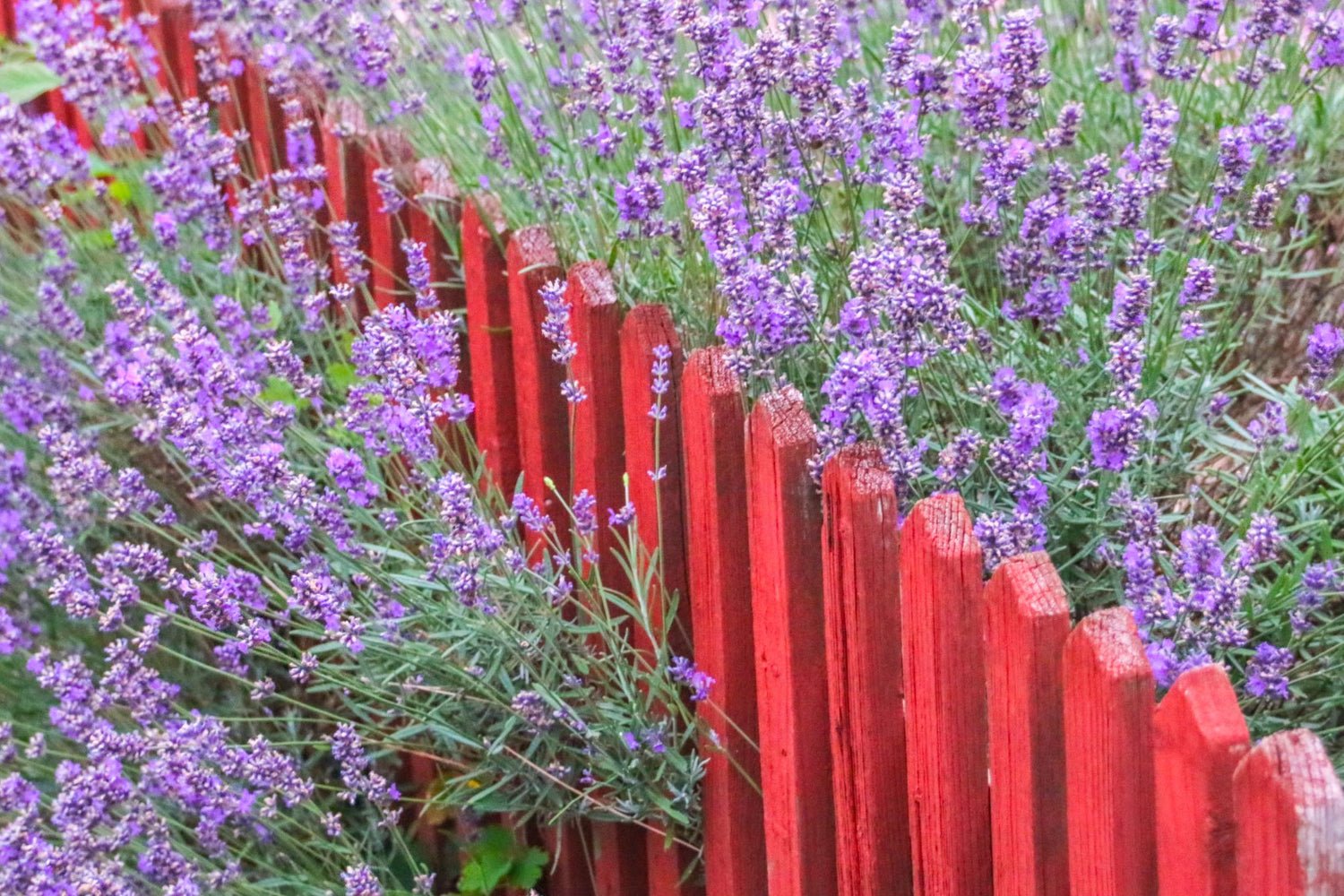


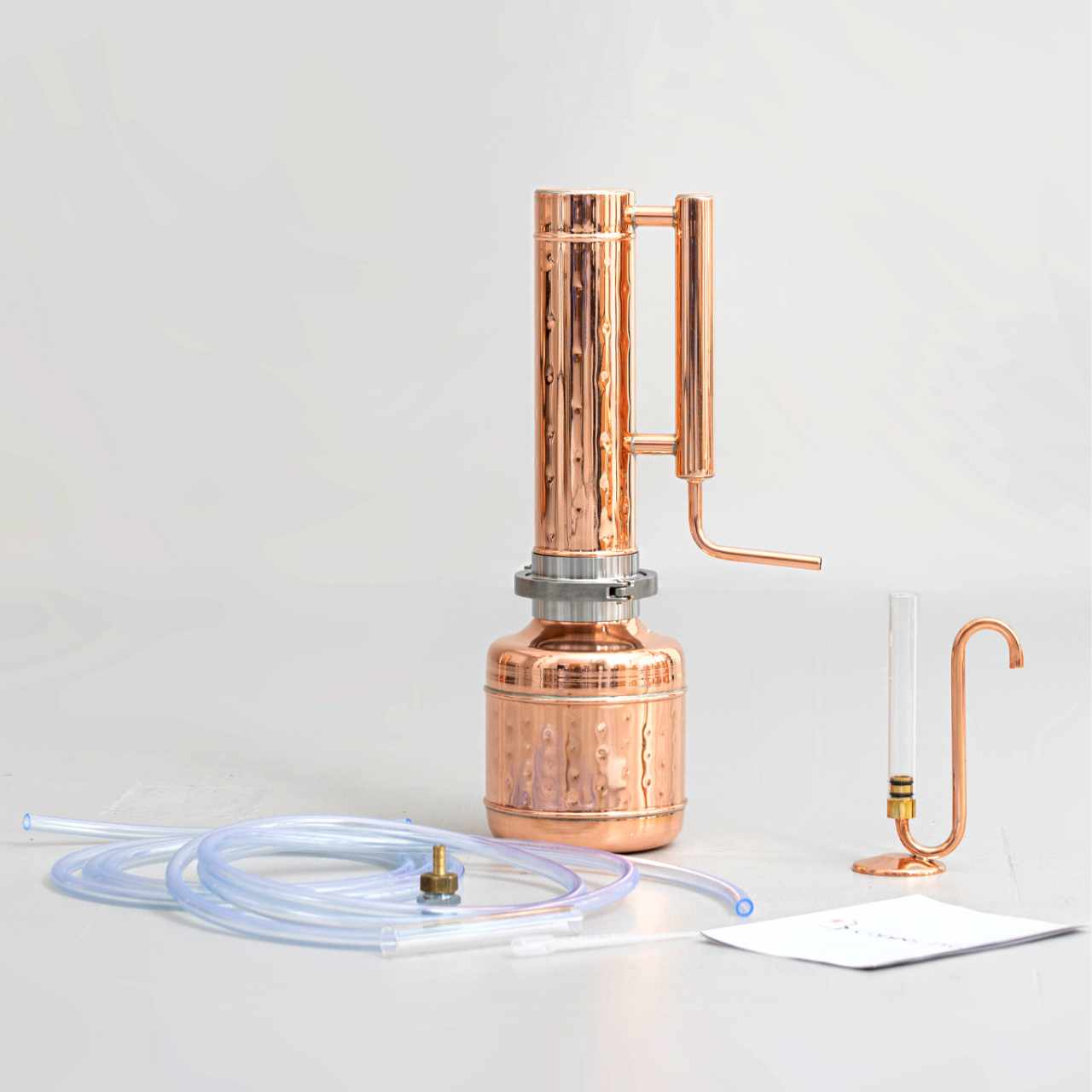




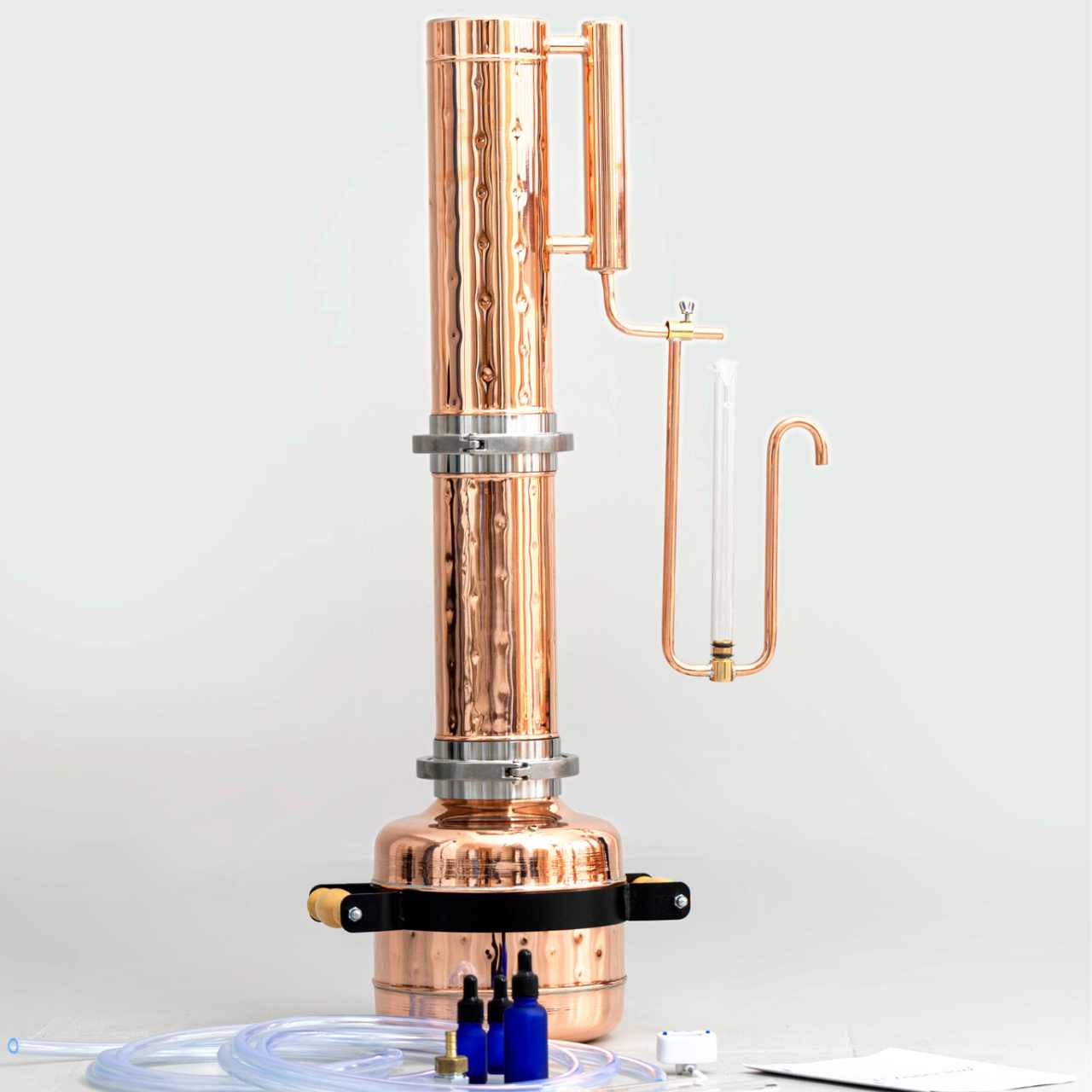
![Essential oil extractor 0.53G (2L) - [Premium Kit] - Copper Pro](http://copper-pro.com/cdn/shop/files/essential-oil-extractor-053g-2l-premium-kit-127057.jpg?crop=center&height=1280&v=1740390471&width=1280)
Comments (0)
Back to Blog Posts